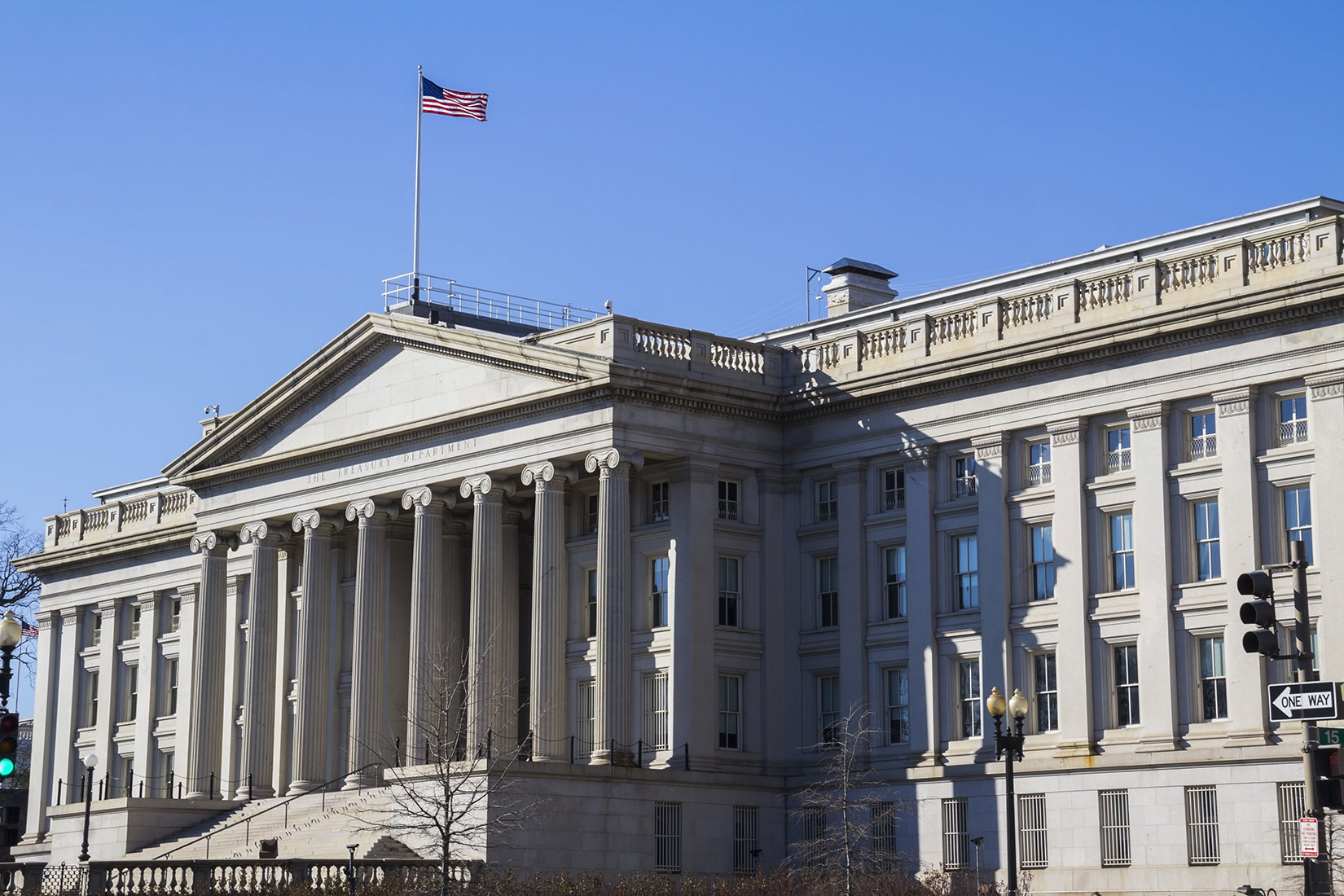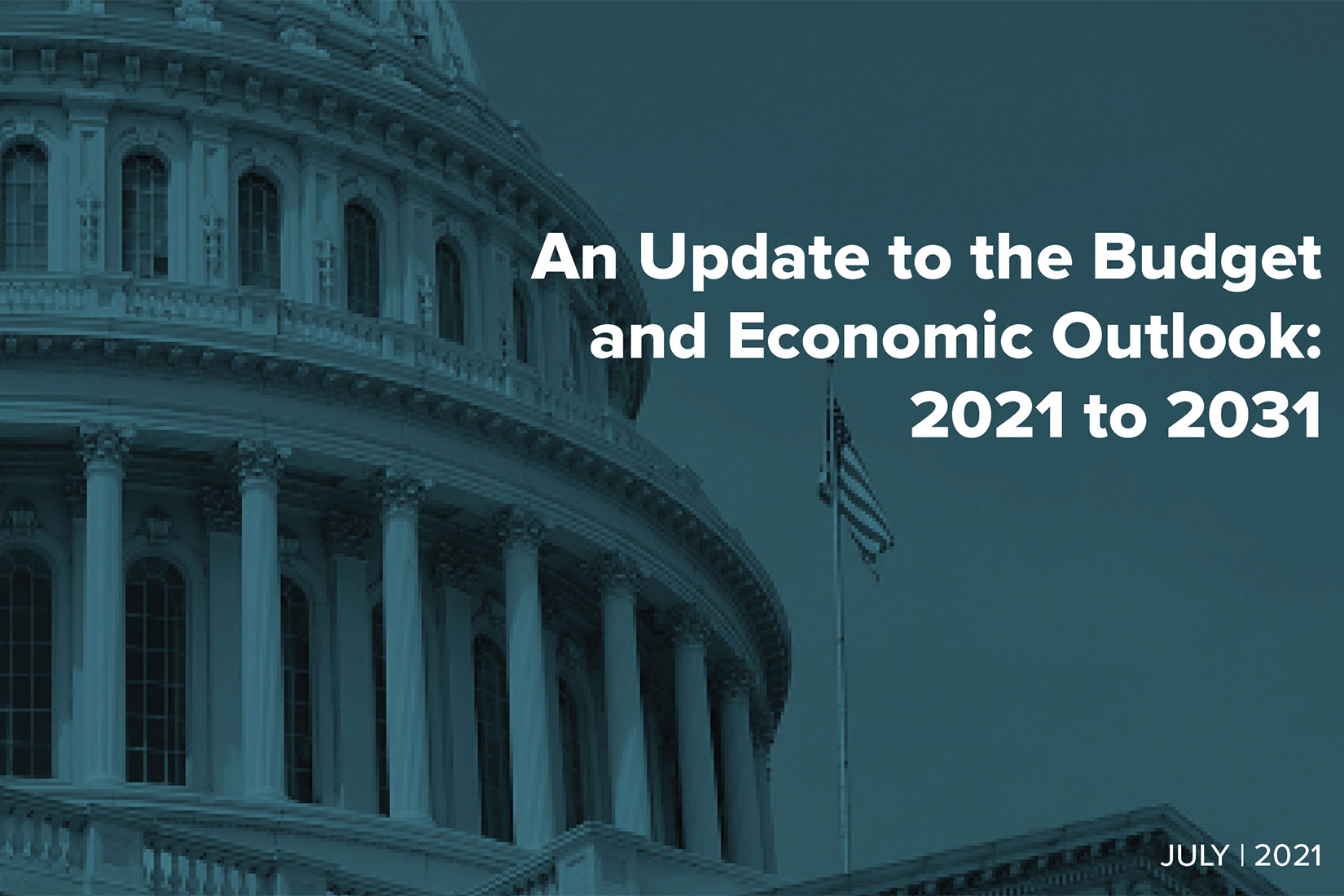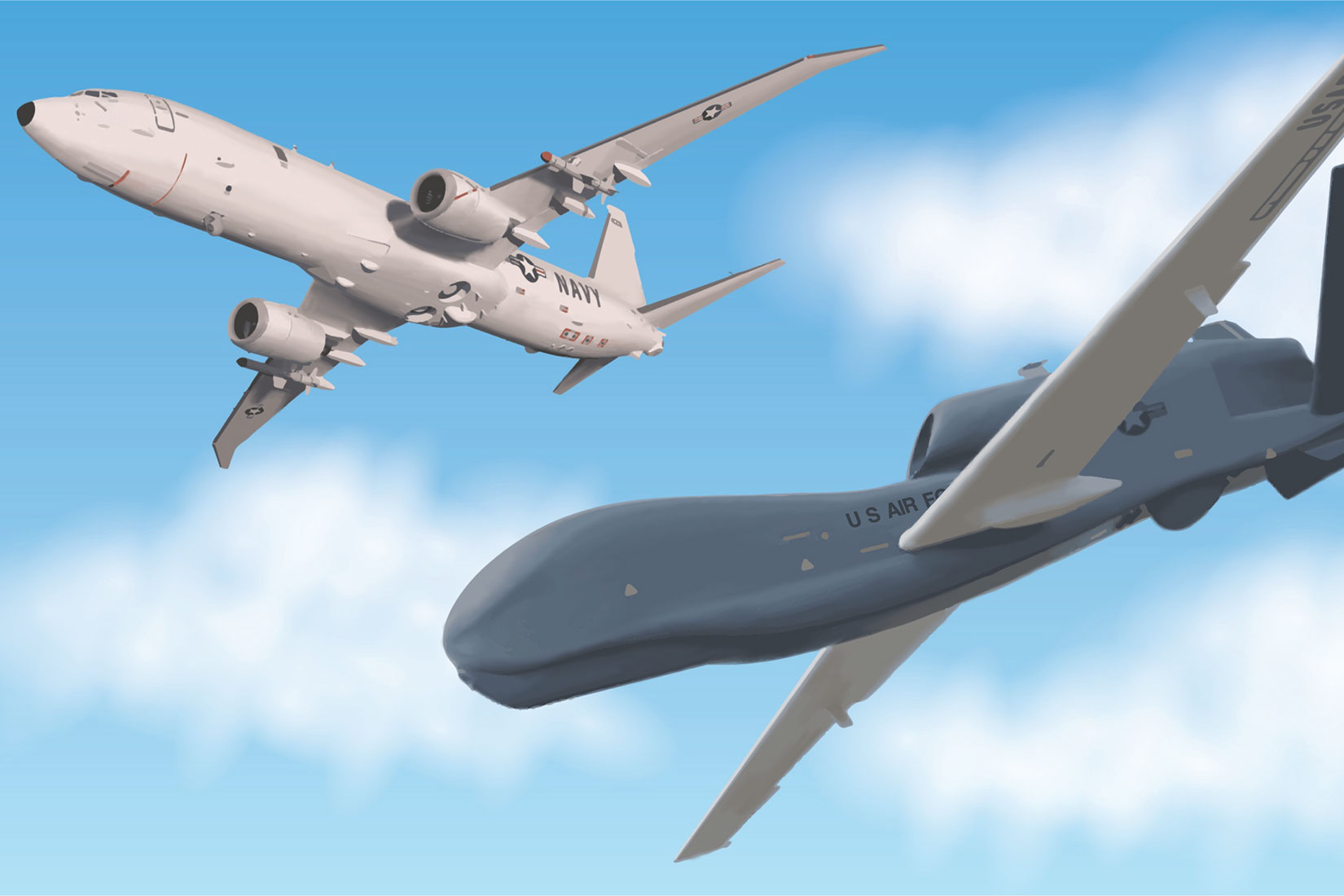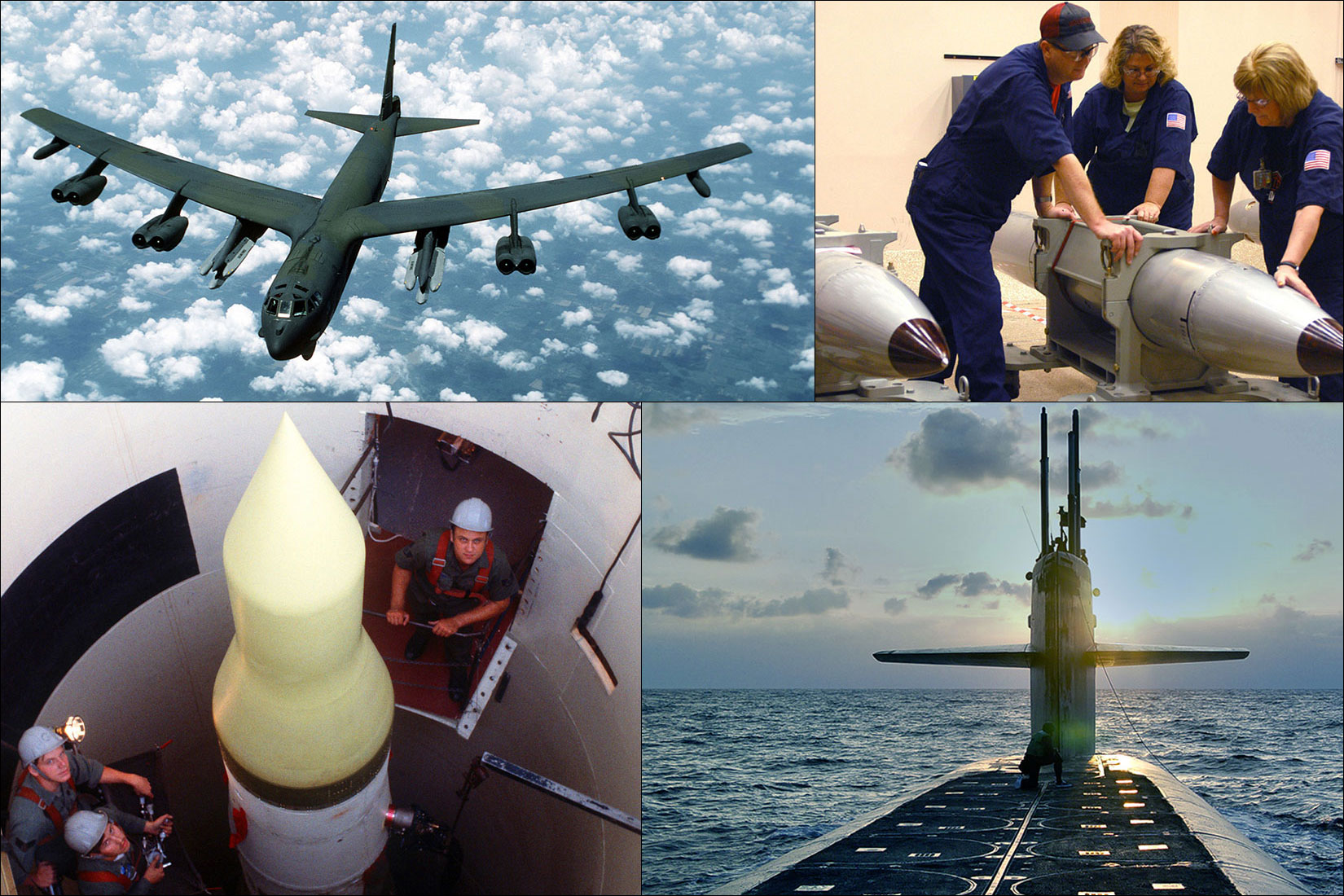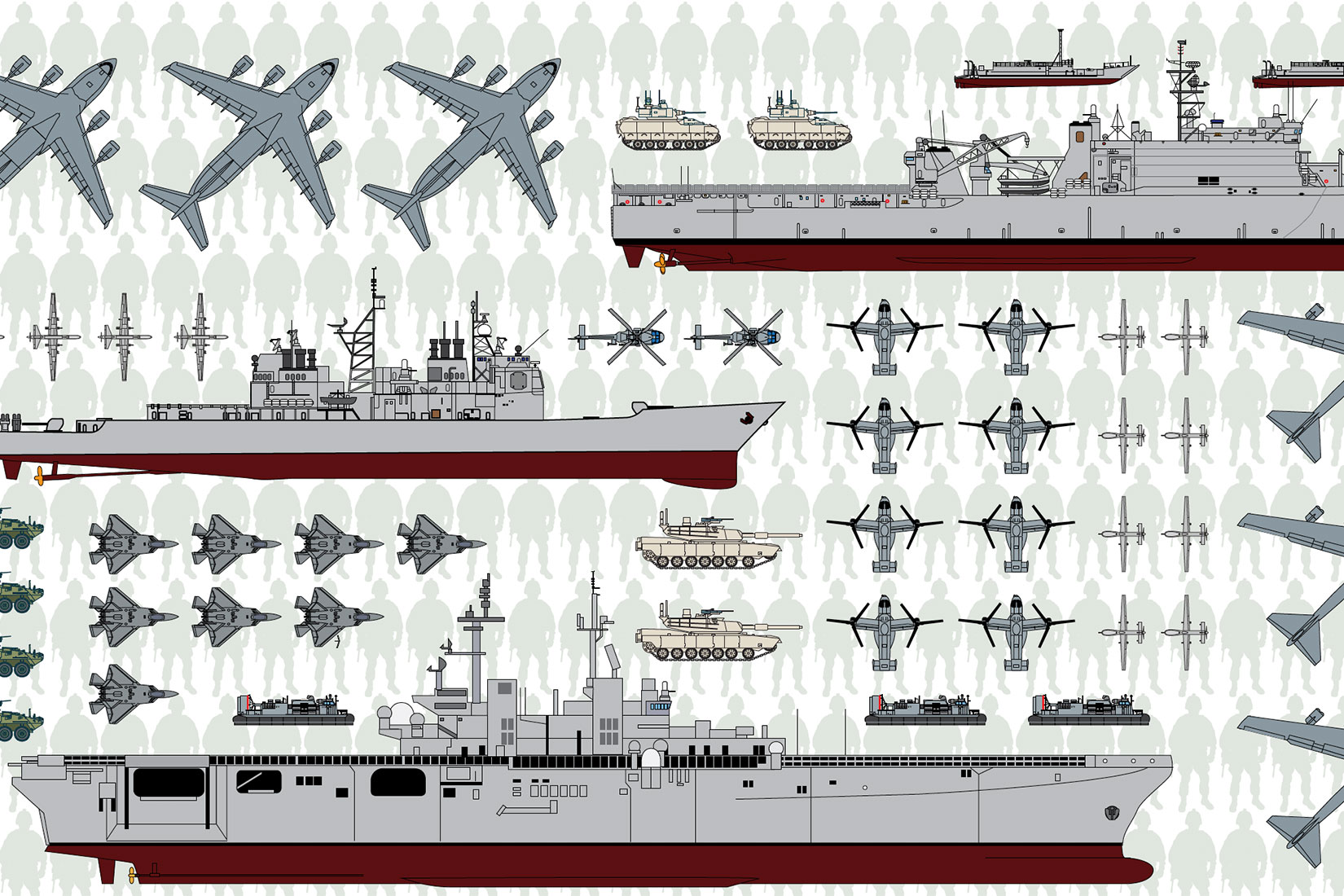Congress created the Troubled Asset Relief Program (TARP) in 2008 to stabilize financial markets. CBO estimates that the TARP’s net cost will be $31 billion—about what it reported in March 2020 and $1 billion lower than OMB’s latest estimate.
CBO Blog
If current laws generally remain unchanged, the federal budget deficit will total $3.0 trillion and federal debt will reach 103 percent of GDP in fiscal year 2021, CBO estimates, and real GDP will grow by 7.4 percent in calendar year 2021.
CBO was recognized by the Partnership for Public Service as one of the best places to work in the federal government. CBO ranked first among 29 agencies in the small-agency category.
CBO will release An Update to the Budget and Economic Outlook: 2021 to 2031 at 2 p.m. on Thursday, July 1. The report will briefly describe CBO's latest 10-year budget and economic projections. Additional information about those projections will be released on July 21.
The House Committee on Appropriations requested information about CBO's access to data from federal agencies, including data sources and data sets. This report provides that information.
CBO describes estate and gift taxes, the people who pay them, the types of assets that make up taxable estates, and the model the agency uses to project estate and gift tax revenues in its baseline.
The federal budget deficit was $2.1 trillion in the first eight months of fiscal year 2021, CBO estimates—$184 billion more than the deficit recorded during the same period last year.
The military services use unmanned aerial systems (UASs) differently than manned aircraft. UASs generally have lower recurring costs per flying hour, but their cost advantage may be smaller when the cost of acquiring the aircraft is considered.
CBO estimates that plans for U.S. nuclear forces, as described in the fiscal year 2021 budget and supporting documents, would cost $634 billion over the 2021–2030 period, $140 billion more than CBO’s 2019 estimate for the 2019–2028 period.
This update of CBO’s 2016 primer on the structure of the U.S. military describes the size, functions, and operation and support costs of every major element of the armed forces.


